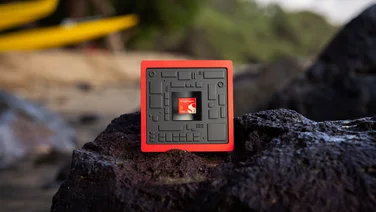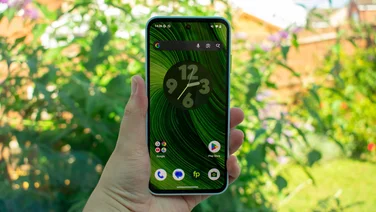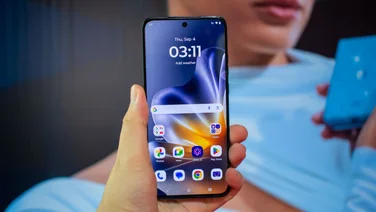To help us provide you with free impartial advice, we may earn a commission if you buy through links on our site. Learn more










The Motorola G7 Power was our favourite budget smartphone of 2019 and it’s back in 2020 with the bigger, better and just as long-lasting Motorola Moto G8 Power. Promising to last even longer, Motorola has improved the core components, introduced a better set of cameras and implemented a nicer design in a phone that could well top even the G7 Power.
The one thing the new phone doesn’t have, however, is a bigger battery. As with last year’s phone, the power cell within the new Moto G8 Power has a capacity of 5,000mAh but Motorola says the new battery should be fine for up to three days of usage, thanks in the main to improved processor efficiency and new, intelligent battery.
READ NEXT: Motorola Moto G7 Power review
Motorola Moto G8 Power review: Specifications, price, release date
- 6.4in Full HD+ IPS display
- Qualcomm Snapdragon 665 SoC
- 8GB RAM
- 64GB storage
- microSD expansion up to 512GB
- 5,000mAh battery
- 4x rear cameras: Main camera, 16MP, 78-degree FOV; 8MP ultrawide, 8MP, 118-degree FOV; 2x telephoto, 8MP; macro, 2MP f/2.2, 2cm close focus
- Android 10
- Price: £219
- Release date: 20th February 2020, from Amazon, Carphone Warehouse and Argos
Motorola Moto G8 review: First impressions and key features
Aside from that big, bad-ass battery, Motorola is treating Power fans to a whole host of updates. The most noticeable of these is the finish and the design of the phone. Where last year’s device was noticeably cheap when it came to build quality compared with the Motorola G7 and G7 Plus, this year’s Power has had a significant aesthetic upgrade.
The casing is still constructed from polycarbonate plastic and it’s still a pain to keep clean – the phones shown on this page needed a thorough buffing to get them shiny enough to photograph – but this year it has a metallic 3D pattern (in blue or black) inlaid beneath the surface that catches the light in an attractive way.
It’s a bigger phone, too, with a larger 6.4in Full HD+ (2,300 x 1,080) IPS display compared with the 6.2in screen of last year, and it has a chassis-filling 88% screen-to-body ratio.










In other news, the G8 Power will have four rear cameras – a 16-megapixel main lens with what Motorola is calling “rapid focus” tech, plus an 8-megapixel ultrawide with a 118-degree field of view, plus an 8-megapixel 2x telephoto and a 2x macro that lets you snap your subjects from a mere 2cm away. The main rear camera supports 4K video recording at 30fps and FHD at 30/60fps. The selfie camera – a hole-punch camera set into the top-left corner of the screen – is a 16-megapixel number.
Inside, the phone you’ll find a Snapdragon 665 with 4GB of RAM and 64GB of storage, expandable via a microSD card of up to 512GB in size. There’s a fingerprint sensor on the rear and a USB Type-C charge port on the bottom. You’ll also be pleased to hear that the G8 Power has a 3.5mm headphone jack and Motorola’s usual clean-ish install of Android 10.










Motorola Moto G8 review: Early verdict
So far it’s tough to tell whether the Moto G8 will replicate the success of the G7 Power but the early signs are good. It’s more expensive than its predecessor, which isn’t good news, but the £219 asking price is still very reasonable.
It’s a much nicer-looking phone as well and, if Motorola’s claims are to be believed, it should last even longer than the previous model. We’ll know for sure soon, anyway, because the phone will be available from the 20th of February. We can’t wait to get our hands on one.







